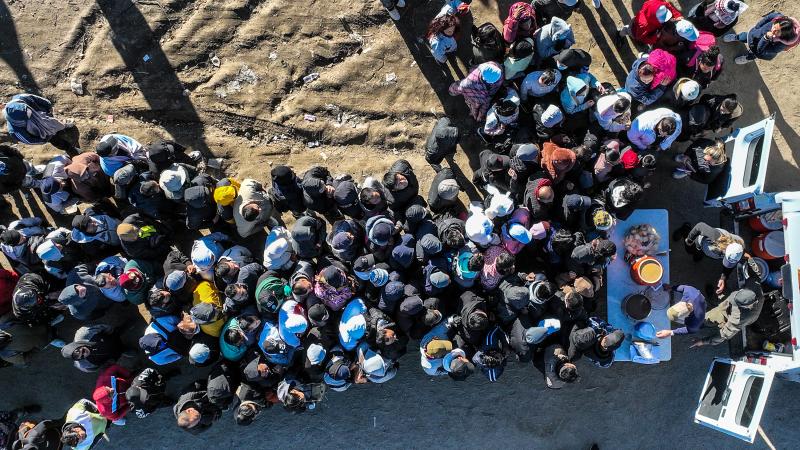Better late than never: California to end pandemic state of emergency in February
Decision means California will phase out the final 27 of nearly 600 directives enacted during the pandemic that still remain in effect.
California’s COVID-19 state of emergency will end Feb. 28. 2023, nearly three years after it was declared, Gov. Gavin Newsom announced Monday.
The governor’s decision to lift the state of emergency in February means California will phase out the final 27 of nearly 600 directives enacted during the pandemic that still remain in effect.
“Throughout the pandemic, we’ve been guided by the science and data – moving quickly and strategically to save lives. The State of Emergency was an effective and necessary tool that we utilized to protect our state, and we wouldn’t have gotten to this point without it,” Newsom said in a statement on Monday. “With the operational preparedness that we’ve built up and the measures that we’ll continue to employ moving forward, California is ready to phase out this tool.”
The announcement comes as California has seen a decrease in COVID-19 cases and deaths. According to the latest data, California is averaging 7.5 new cases and 0.05 deaths per 100,000 residents.
Newsom’s office said Monday that waiting until February to lift the state of emergency will give the health care system “flexibility” to handle a potential post-holiday surge in January and February while also providing time for state and local officials to prepare for the phaseout.
The governor initially declared the pandemic state of emergency on March 4, 2020. Newsom and other state health officials have said maintaining the state of emergency was critical to ensure California could respond quickly to changes in infection rates during the pandemic.
Newsom announced in February that he would be lifting all but 5% of the COVID-19 executive order provisions remaining, but opted to keep the emergency order in effect.
The governor has faced backlash from Republican lawmakers who have said that the state of emergency lasting more than two years has given the governor too much authority. Republican lawmakers in both the state Senate and Assembly attempted to end to Newsom’s emergency powers through separate resolutions in February, but the attempts failed to pass in both chambers of the Legislature.
“Here’s one good thing to come out of the governor’s ‘sub-zero’ interest in running for president," Senate Republican Leader Scott Wilk, R-Santa Clarita, said in response to Newsom's announcement on Monday.
Newsom’s office said that the governor plans to address “two statutory changes” when the Legislature resumes session in December – giving nurses the continued ability to administer COVID-19 therapeutics and continuing to allow lab workers to solely process COVID-19 tests.
Dr. Mark Ghaly, secretary of the Health and Human Services Agency, said in a statement Monday that the state has the tools to manage future “ups and downs” based on the “infrastructure and processes we’ve invested in and built up.”
“While the threat of this virus is still real, our preparedness and collective work have helped turn this once crisis emergency into a manageable situation,” Ghaly said.















